10 Common Late-Summer Gardening Mistakes to Avoid
As the summer heat starts to fade, it’s essential to make sure your garden stays healthy and productive. Many gardeners make common mistakes during this time, such as improper watering, neglecting soil health, or failing to control pests and weeds. Avoiding these pitfalls can help you maintain a thriving garden and prepare for the upcoming seasons.
This post may contain affiliate links, which helps keep this content free. Please read our disclosure for more info.
Overwatering or Underwatering
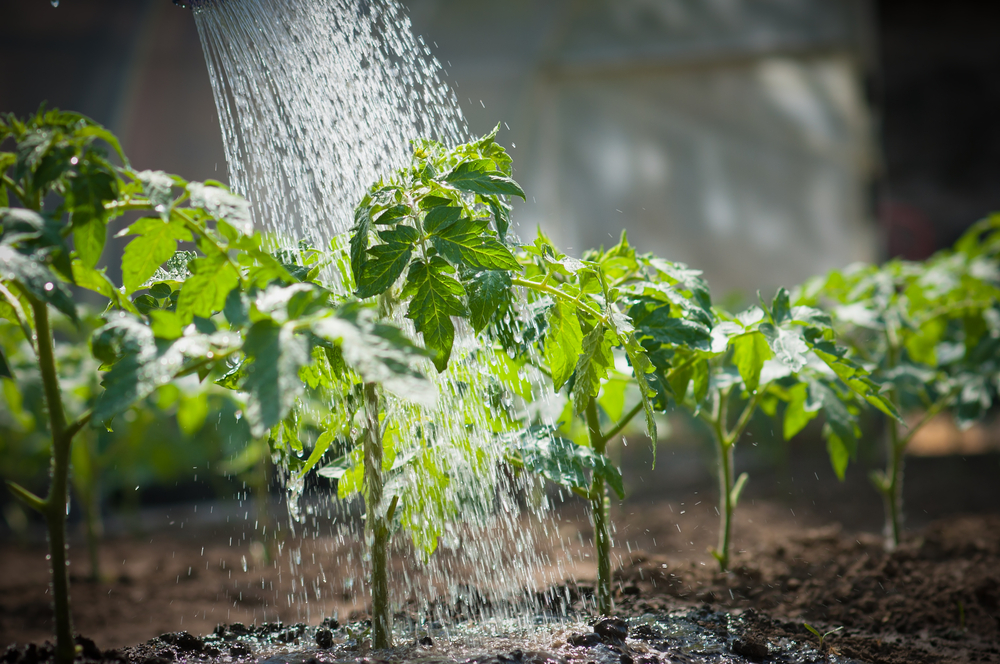
One of the most common mistakes late in the summer is improper watering. Overwatering can lead to root rot, a condition where the roots suffocate due to excess moisture, preventing them from absorbing the necessary nutrients. On the other hand, underwatering leads to drought stress, causing plants to wither and die. To avoid this, check your plants’ needs regularly. A good rule of thumb is to water deeply and less frequently, ensuring the water reaches the roots. If the soil feels dry a few inches below the surface, it is time to water. In case of hot, dry spells, consider watering early in the morning to reduce evaporation.
The best way to gauge whether you are watering correctly is by monitoring your soil. Use a moisture meter or simply stick your finger into the soil to check for moisture at the root level. You can also mulch around your plants to help retain moisture and reduce the frequency of watering. Proper hydration is essential, especially during the late summer when plants are reaching the peak of their growing season.
Planting Inappropriate Crops
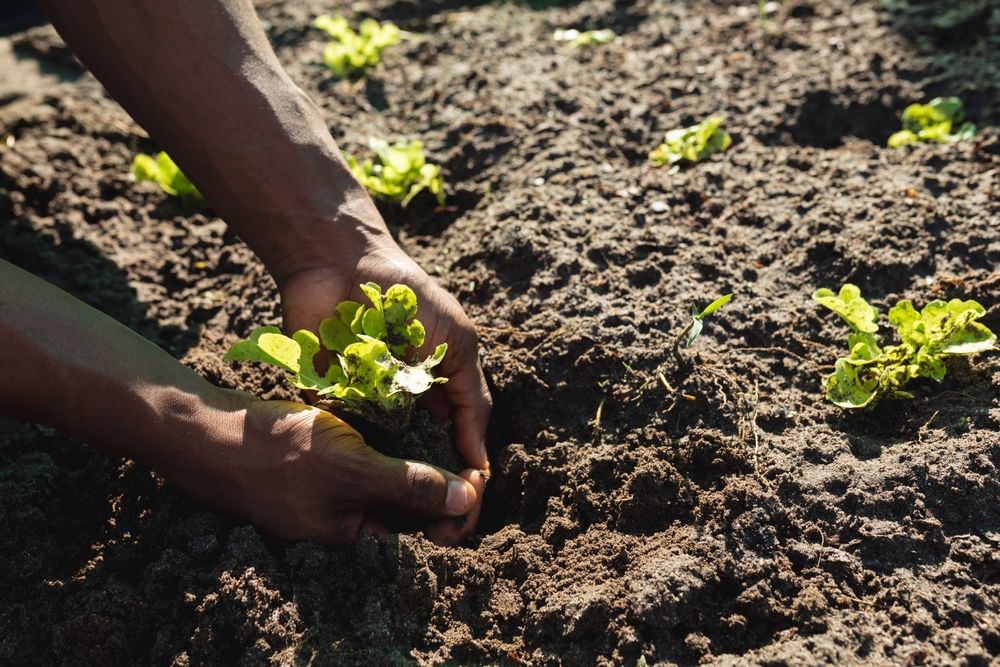
Planting crops that are not suited for the late summer season is a common error in the garden. Many plants, such as tomatoes and cucumbers, thrive in the heat, but other crops, like peas and lettuce, may not do well in the warmer temperatures of late summer. Planting these crops too late can result in stunted growth, poor yield, or even complete crop failure. To avoid this mistake, it is important to research the growth requirements for each plant and consider the temperature of your local climate.
In late summer, focus on crops that tolerate heat or are suited for a fall harvest, like beans, root vegetables, and leafy greens. These plants will grow in the remaining summer heat and transition well into the cooler autumn months. For instance, carrots, radishes, and turnips can be sown in late summer for a fall harvest. By planting appropriate crops, you can extend your gardening season and ensure a productive harvest.
Neglecting Soil Health
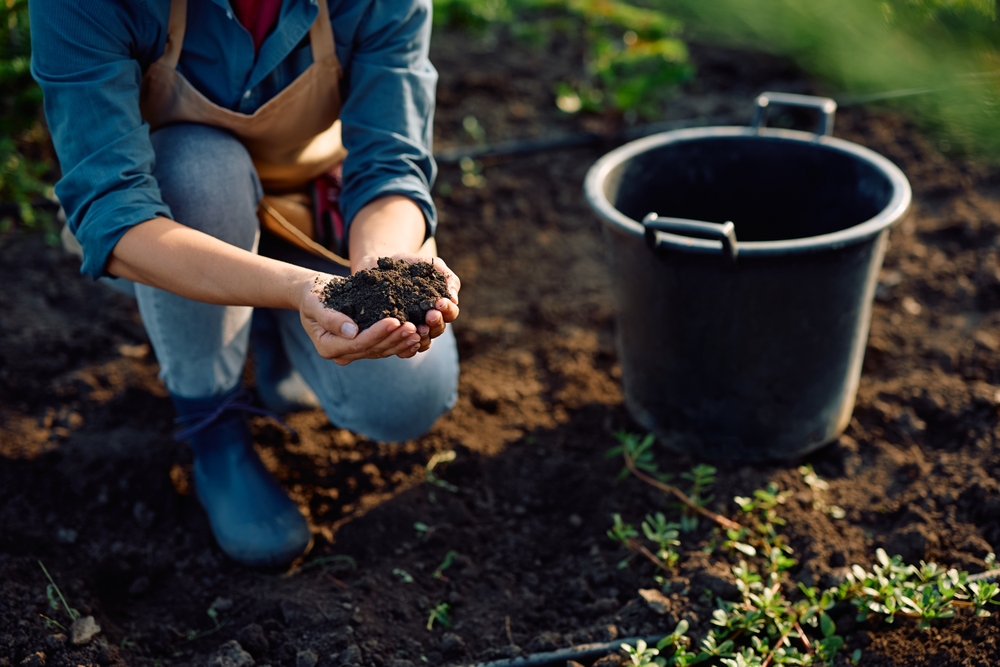
Soil health is often ignored in the later stages of the gardening season, but it is essential for sustaining healthy plant growth. After a long summer of growing, the soil can become depleted of vital nutrients, which can cause plants to struggle. Failing to amend your soil with compost or organic material can result in stunted growth and poor yields. To avoid this, make sure to add a layer of compost or organic fertilizer to replenish the soil before planting your late summer crops.
In addition to adding nutrients, ensure that the soil is well-drained to avoid waterlogging, especially during the late summer months when rainfall can be sporadic. Consider aerating the soil to allow better air circulation, which is crucial for root health. Taking these simple steps to maintain soil quality will ensure your garden remains healthy and productive, even as the season changes.
Overcrowding Plants
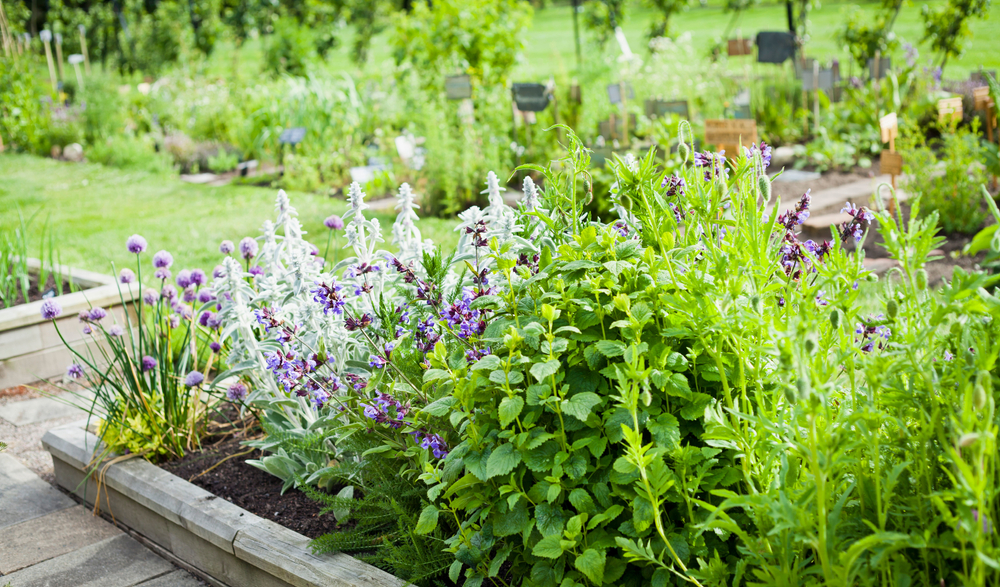
Overcrowding is a common issue that many gardeners face as they try to maximize the use of their space. While it might seem like planting more will yield more, overcrowding results in plants competing for essential resources like sunlight, water, and nutrients. This competition can weaken the plants, leading to poor growth and susceptibility to disease. To avoid this, make sure to space plants according to their mature size to give them room to grow.
When planting in late summer, it’s important to remember that plants should have enough space to breathe and spread out. If you are planting seeds or transplants, take care to follow spacing recommendations on the seed packet or plant label. A crowded garden not only hinders plant growth but can also increase the risk of fungal infections and pests, which thrive in humid, cramped conditions.
Failing to Control Pests and Weeds
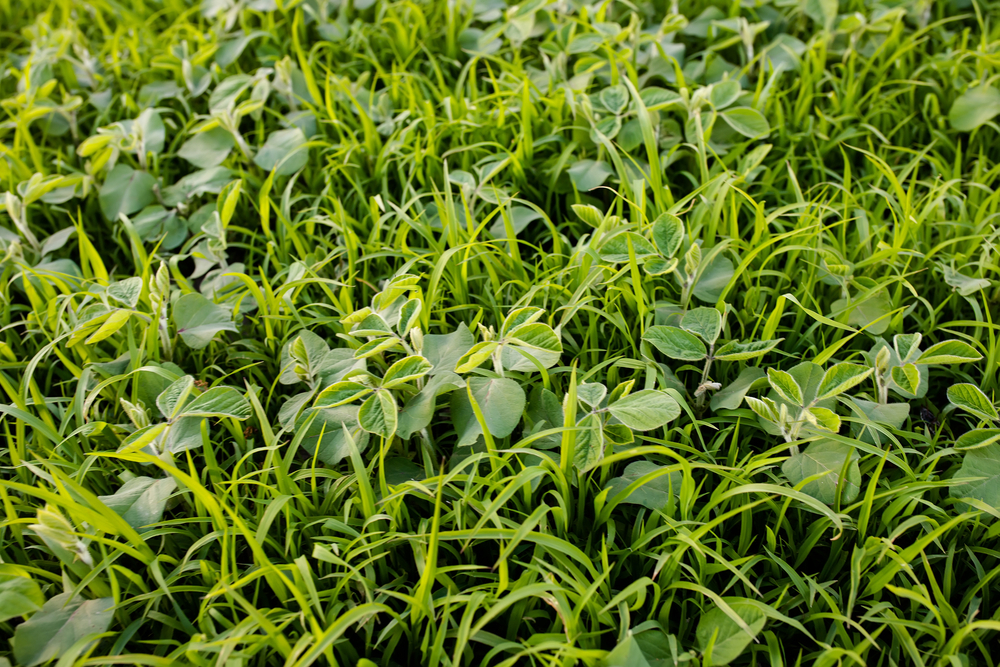
Weeds and pests tend to flourish during the late summer when temperatures are high and moisture is abundant. Failing to control these unwanted invaders can quickly turn your garden into a battlefield. Weeds compete with your plants for space, light, and nutrients, while pests can damage plants by eating leaves, stems, and roots. Regular weeding is essential to keep your garden healthy. Pull weeds by hand or use a hoe to prevent them from stealing nutrients from your crops.
Pests, such as aphids, slugs, and beetles, are common in late summer and can spread diseases to your plants. Inspect your garden regularly for signs of pests and take action before they cause significant damage. Consider using organic pest control methods, such as neem oil or insecticidal soap, to keep your garden safe from harmful insects. Taking a proactive approach to pest and weed control will help protect your crops and keep your garden thriving through late summer.
Neglecting to Harvest at the Right Time
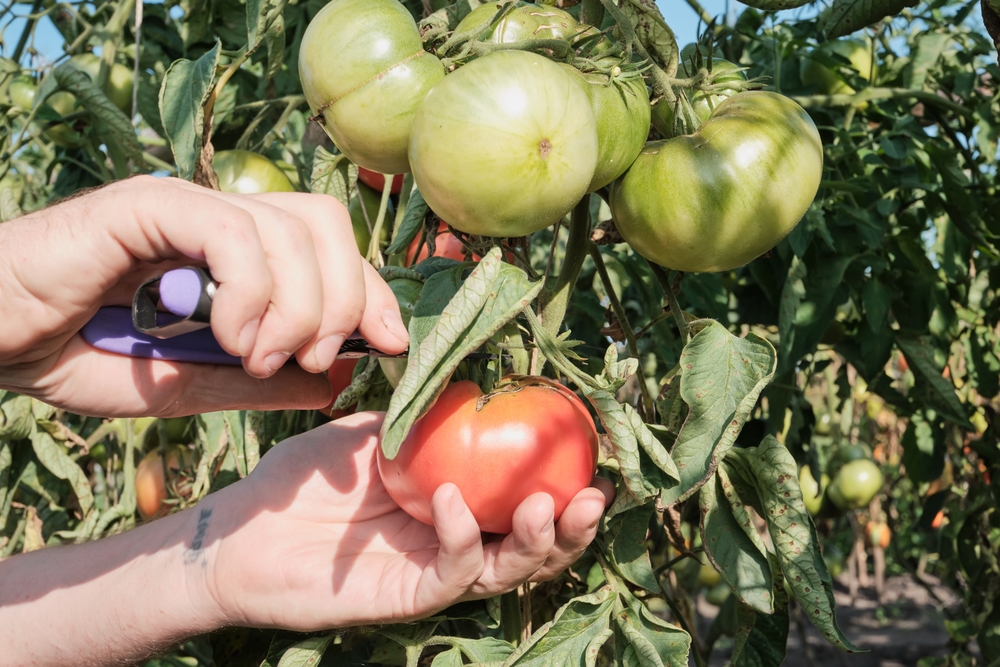
Harvesting your crops at the right time is critical for maximizing flavor and ensuring a healthy yield. Waiting too long to harvest can lead to overripe or bolted vegetables, which can affect their taste and texture. For instance, if you leave cucumbers or zucchinis on the vine too long, they become overly mature, tough, and seedy. To avoid this, check your plants regularly and harvest them as soon as they reach maturity.
Proper harvesting also encourages the plant to continue producing. For example, regularly picking tomatoes or beans can stimulate further growth, providing more fruit throughout the season. Timing is key, and by keeping track of each crop’s growth cycle, you can harvest at the optimal moment for both flavor and continued production.
Ignoring Mulching
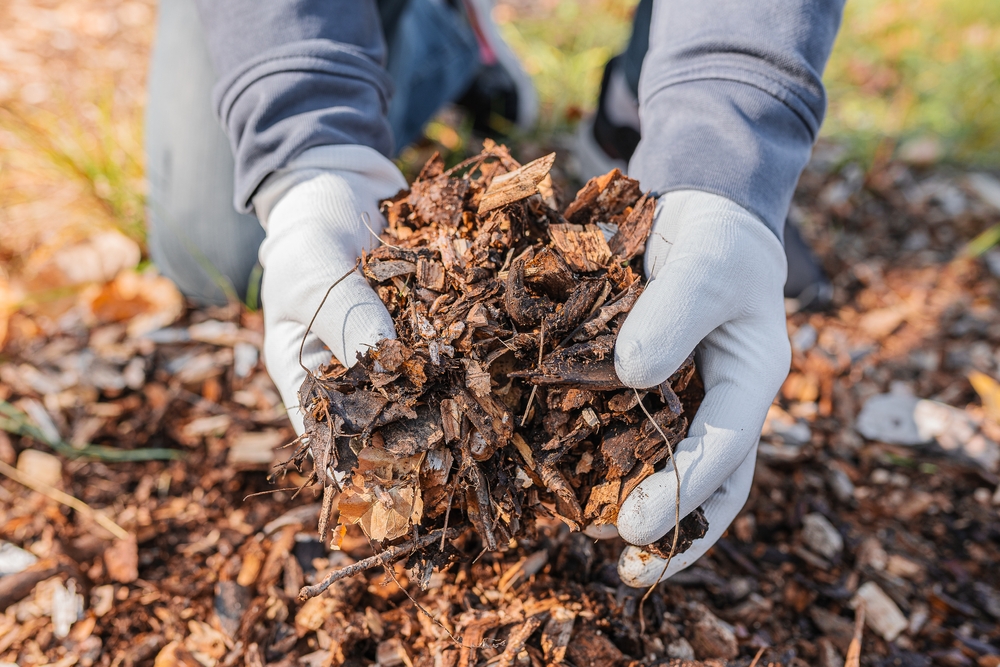
Mulching in late summer helps retain moisture in the soil, which is especially important during the hotter months. It also helps regulate soil temperature, keeping it cooler in the heat. However, many gardeners forget to reapply mulch as the summer progresses. Without mulch, the soil dries out quickly, causing plants to struggle in the heat. To avoid this mistake, apply a layer of mulch around your plants, ensuring it is thick enough to maintain moisture but not so thick that it suffocates the roots.
Mulching also helps reduce the growth of weeds, which can be a problem in late summer when weeds are more established. A well-mulched garden will not only help conserve water but will also give your plants the protection they need from extreme temperatures. Make sure to refresh your mulch periodically to keep your garden healthy and thriving.
Planting Too Late for Fall
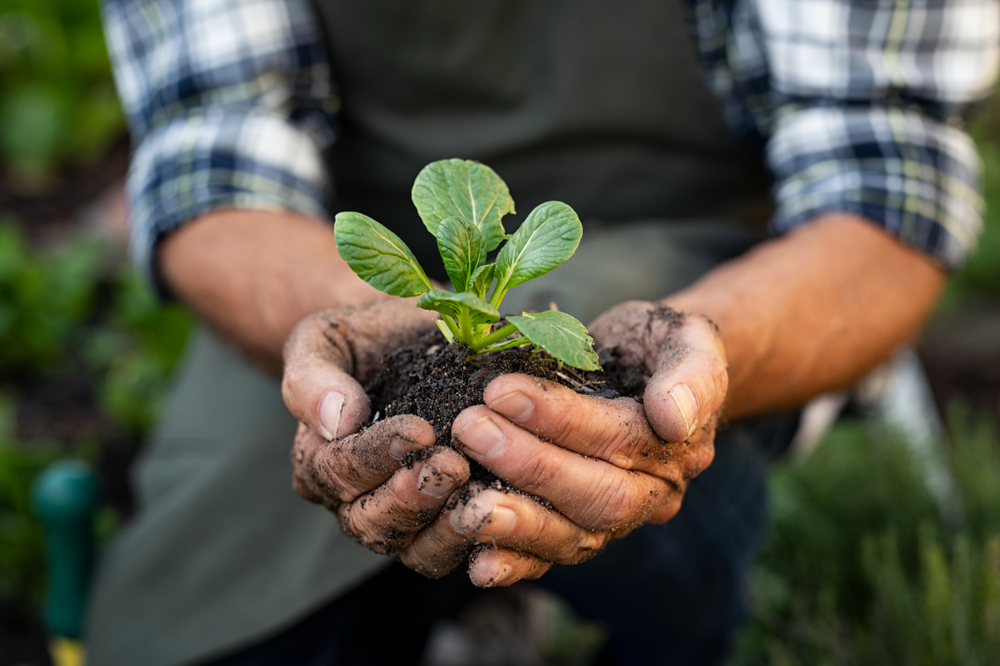
If you are hoping for a fall harvest, it’s important to plant late summer crops early enough to allow for sufficient growing time. Certain crops, like winter squash or pumpkins, need a longer growing period to mature before the cooler fall temperatures set in. Planting them too late will result in immature or unripe fruits. To avoid this, plan your fall garden early, and make sure to check the days to maturity for each plant.
For crops that need less time, such as radishes and lettuce, late summer planting can still provide a healthy harvest before the weather turns cold. However, keep in mind that some crops will need protection from early frosts, such as row covers or cold frames. Proper timing and planning will ensure your fall garden produces the best results.
Failing to Prune Plants
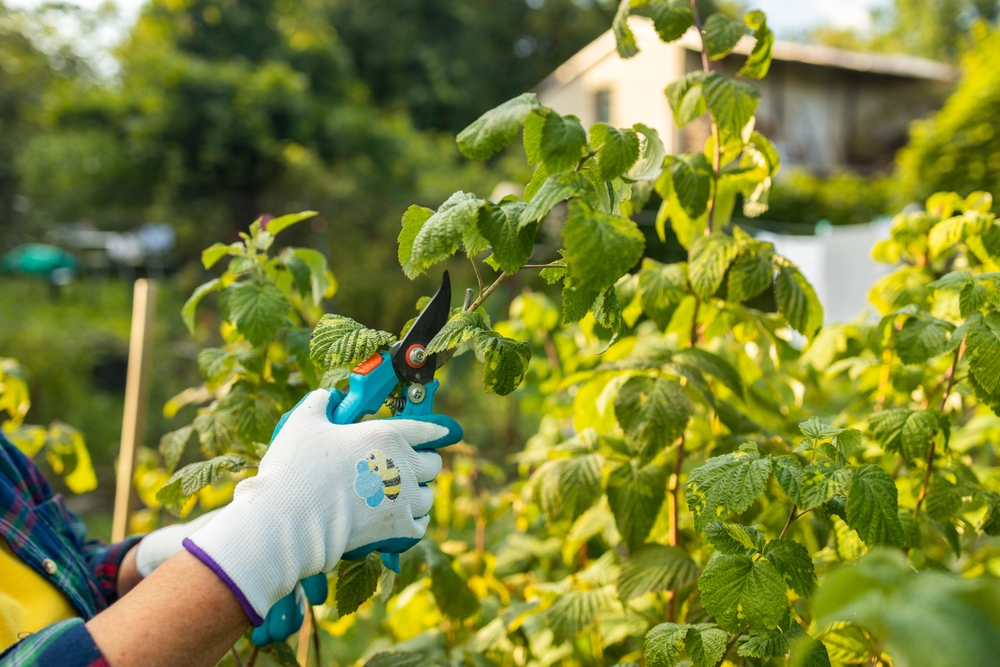
Late summer is a great time to prune dead or damaged growth from your plants. Neglecting to prune can result in plants that are susceptible to disease or pests, as damaged stems can provide a breeding ground for harmful organisms. When pruning, focus on removing any branches or leaves that appear weak, diseased, or dead. This will allow the plant to focus its energy on healthy growth and potentially lead to a stronger fall crop.
Additionally, some plants, such as tomatoes or peppers, may benefit from some light pruning to remove excess growth. This encourages better airflow and helps the plant direct its energy toward fruit production. Regular pruning helps keep your plants in top shape, especially during the late summer when they are nearing the end of their growth cycle.
Not Preparing for Fall Weather
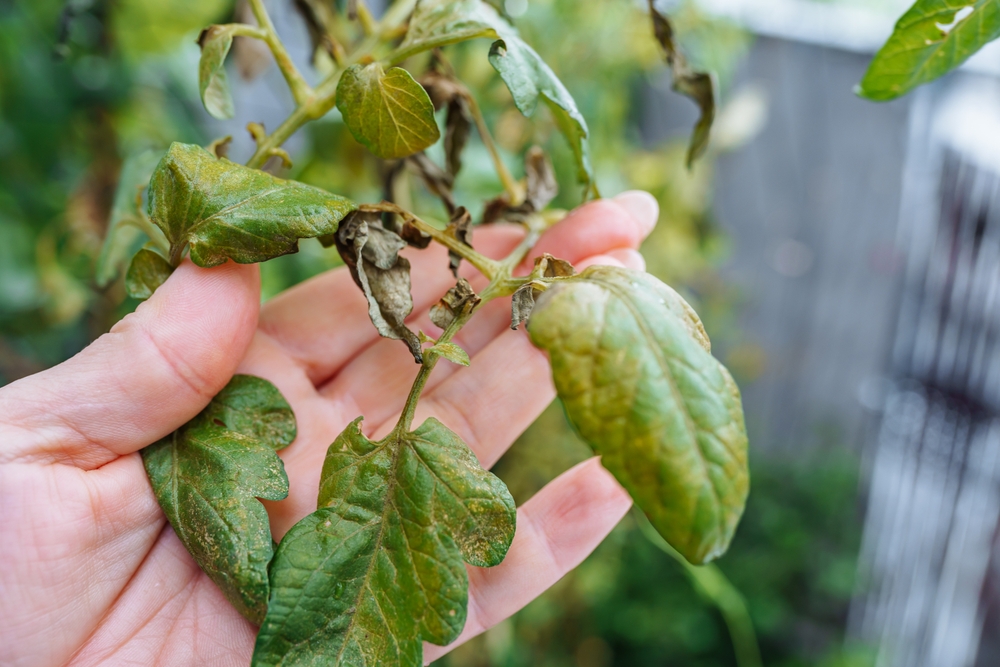
As summer fades into fall, it’s important to start thinking about how to protect your plants from cooler weather. Many gardeners neglect to plan for this seasonal transition, leaving their plants vulnerable to frost or sudden drops in temperature. For crops that will continue to grow into the fall, such as cabbage or kale, consider using row covers or hoop houses to provide extra protection.
It’s also a good idea to remove any dead plants and debris from your garden, as these can harbor pests or diseases that may affect your crops in the colder months. Preparing your garden for fall helps ensure that it remains healthy through the transition and sets up your garden for a successful next season.
This article originally appeared on Avocadu.
